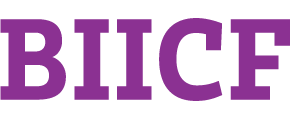Business Analysis
Knowledge and ability to apply the principles of business analysis in the planning, reengineering, requirement gathering for business environments, operations, processes, and practices.
Proficiency Level
Level 1 (Follow)
- Demonstrate awareness of business rules and concepts.
Level 2 (Assist)
- Understand business lines.
- Understand basic industry, organisation and departmental services.
- Draft simple requirements.
Level 3 (Apply)
- Understand client’s business requirements, business roles, business planning and business processes.
- Understand and work within governance principles.
- Understand audit and compliance principles, change management principles and the impact of changes.
- Understand how technologies can enable business processes.
- Translate business requirements into technical requirements.
- Develop clear requirement statements.
- Develop simple business cases.
- Carry out simple business process reengineering, models and processes redesign.
Level 4 (Ensure)
- Validates business requirements and applies business priorities.
- Gather/refine complex business requirements, recommend, or make decisions on business requirements/inter-dependencies.
- Develop complex business cases.
- Carry out impact analyses and environmental scans to make recommendations.
- Lead business process reengineering.
- Present and defend complex positions and strategies for business decisions, processes, and plans.
- Guide other business analysts.
- Advise on compliance, governance structures and audit principles.
Level 5 (Strategise)
- Work at the “integration level” by understanding the business architecture and its relationship to other architectures.
- Make recommendations to senior management on strategies and plans.
- Carry out environmental scans of architecture.
- Assess corporate impacts of changes and recommend strategies to senior management.
- Develop complex business cases across multiple business lines and platforms.
- Set standards for compliance and governance structures.
- Understand and apply standards (Quality standards).
- Address governance issues.
- Define metadata models at the enterprise level, information models and the interoperability model.
- Extend the body of knowledge and contributes to industry standards.

